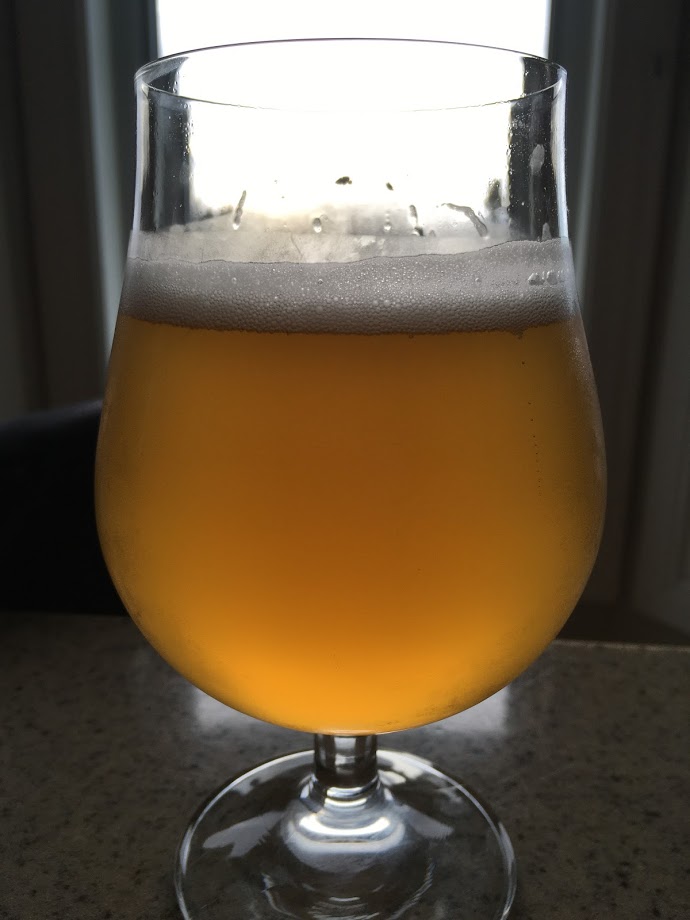tyrub42
Well-Known Member
- Joined
- Oct 13, 2016
- Messages
- 330
- Reaction score
- 139
Hey I'm no NEIPA expert, I've just got one under my belt so-far. There are people on this forum that are way more knowledgeable than me when it comes to this style...(and other styles as well, for that matter ;-)). Still, let me try and answer your questions:
I think that ambient basement temp should work. Fermentation should not get too hot even without temp control. If you have the possibility to raise the temperature to above 70 for a few days when fermentation subsides, this won’t hurt… it has become my SOP for all my beers. Afterwards let the temp get back to your basement temp for the dry hopping. I usually wait a few weeks before dry hopping and then packaging, to give the yeast time to settle and so on...but I know most people go much faster for this style. I think it is up to you to find outr what works best for you. As I said earlier, I do not cold crash because I have a feeling that with my current rather low-tech approach to fermentation and packaging, a cold crash would do more harm than good (specifically, it would increase oxidation risk). To prevent hop matter from getting into my bottles, I run the beer through a monofilament filter that I place in my bottling bucket,
@tyrub42, as I understand from your posts, you do have a CO2 tank. You also mentioned that you cold crash. I would be interested to hear if you do anything to prevent air suckback during the cold crash? Do you hook up your CO2 tank to your fermenter to create some head pressure?
A bottle priming temp of 70-72 is fine. I would also test one bottle at about 1 week, and if carbonation is OK then I would refrigerate them all immediately if you have the possibility. Do not take risks with SWMBO, put those bottles in that garage at 40 F….unless it sees some large temperature swings between day and night, you’ve got a perfect place for cold storing your beers!
I usually condition in my apartment at about 73 F, and I found that it takes no more than one week to have fully carbonated bottles. Then they go either in the fridge or in the basement, depending on available space. This does not mean that they are already in their best shape for drinking after just one week. They will need at least another two weeks to hit their prime.
I aim for ca. 2.5 vols of CO2 for this style. I use regular table sugar.
Good luck!
Hey sorry I just saw this! I use plastic fermenters so I can seal them before crashing and they just bend inward instead of sucking air back.
But if I gelatin the beer I'll co2 purge after adding it.
So far results are good. A DIPA I made two months ago just got gold in Hong Kong despite its age and the week in 80 degree shipping










































![Craft A Brew - Safale S-04 Dry Yeast - Fermentis - English Ale Dry Yeast - For English and American Ales and Hard Apple Ciders - Ingredients for Home Brewing - Beer Making Supplies - [1 Pack]](https://m.media-amazon.com/images/I/41fVGNh6JfL._SL500_.jpg)
































